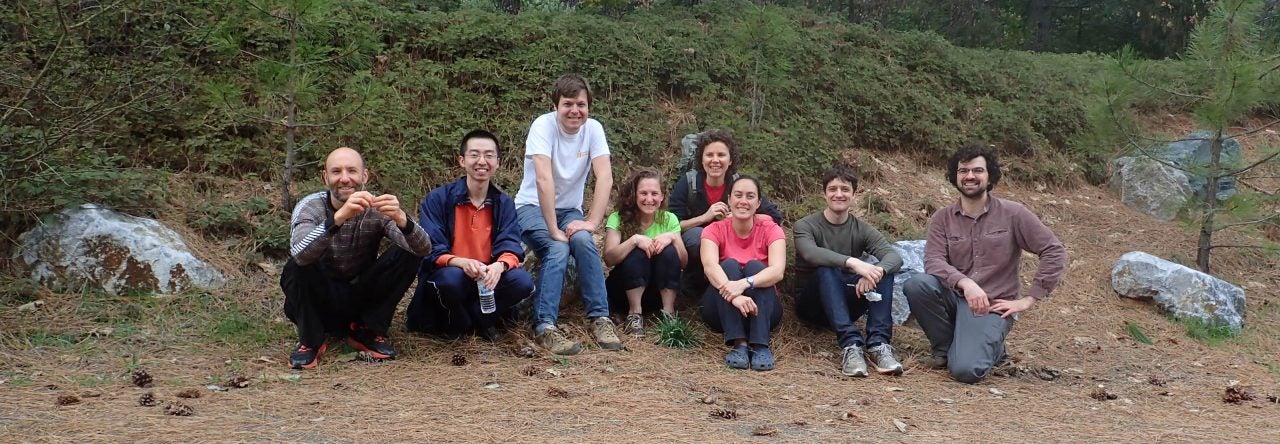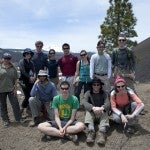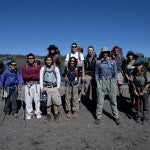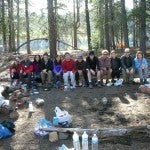As we think about the evolution of enhancers that their role in the evolution of phenotypes, defining the boundaries of the functionally and evolutionarily relevant CREs is one important question (see previous post). Another question/danger/caveat is the potential presence of redundant enhancers contributing to gene expression in the same tissue or organ – the so-called shadow enhancers. In such cases, evolution can modify any or all of these enhancers to change the phenotype. The danger is that any enhancer you identify, even if it is behaving as you expect, may only be telling you part of the story.
In this paper, Scott Barolo, an enhancer-bashing enthusiast and guru, gives a nice overview of shadow enhancers:
Check it out.





